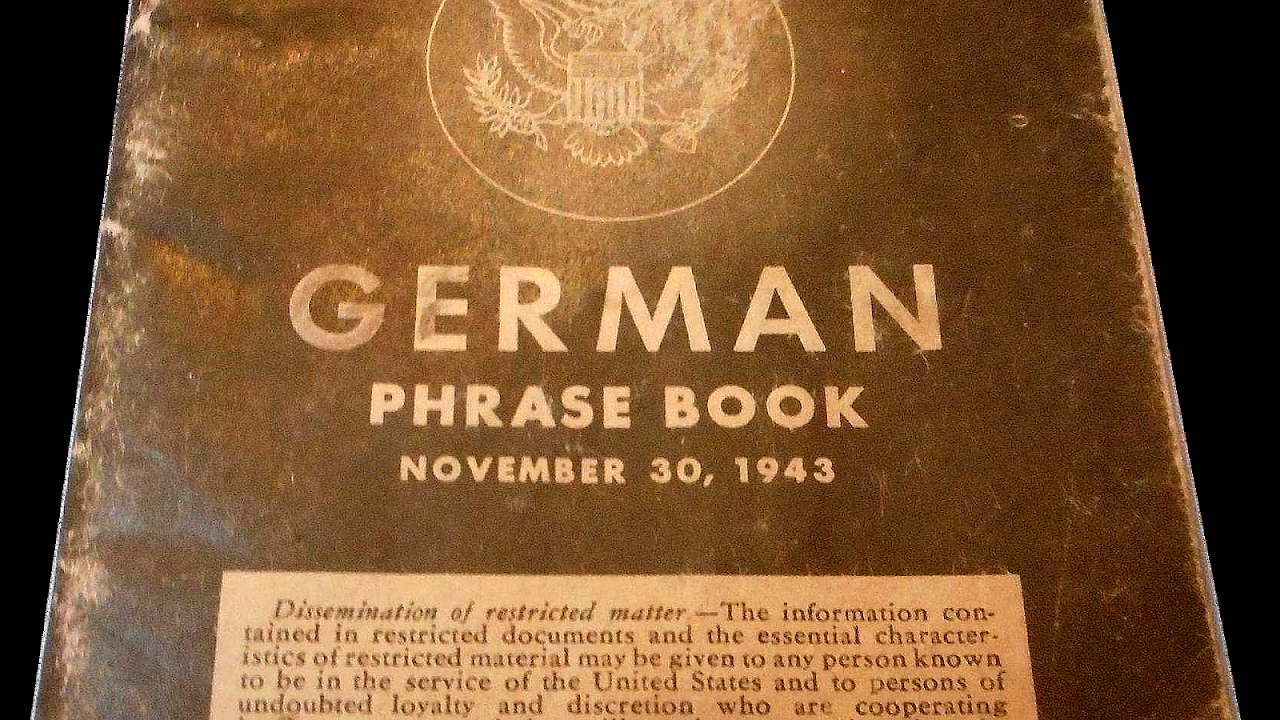
A phrase book or phrasebook is a collection of ready-made phrases, usually for a foreign language along with a translation, indexed and often in the form of questions and answers.

Maps, Directions, and Place Reviews
Structure
While mostly thematically structured into several chapters like interpersonal relationships, food, at the doctor, shopping etc., a phrase book often contains useful background information regarding the travel destination's culture, customs and conventions besides simple pronunciation guidelines and typically 1000-2000 words covering vocabulary. Also common are a concise grammar and an index intended for quick reference.
A phrase book generally features high clarity and a practical, sometimes color-coded structure to enable its user to communicate in a quick and easy, though very basic, manner. Especially with this in mind a phrase book sometimes also provides several possible answers to each question, to let a person respond in part by pointing at one of them. Additional audio material is often included to help pronunciation and comprehension. This kind of phrase books is often referred to as a talking phrase book or voice translator.
German Phrase Book Video
History
Hand-written phrase books were used in the Mediaeval Europe by pilgrims to the Holy Land; major European languages, Greek, and Hebrew were covered. By the 15th century, phrase books designed for merchants involved in the international trade are attested as well. The earliest known example of this genre is a 1424 manuscript compiled by one Master George of Nuremberg, and intended to help Italian merchants to use High German.
Printed phrase books appeared by the late 15th century, exemplified by the Good Boke to Lerne to Speke French (ca. 1493-1496).
In Asia, phrase books were compiled for the travelers on the Silk Road already in the first millennium AD, such as a Dunhuang manuscript (Pelliot chinois 5538) containing a set of useful Saka ("Khotanese") and Sanskrit phrases.
Source of the article : Wikipedia


EmoticonEmoticon